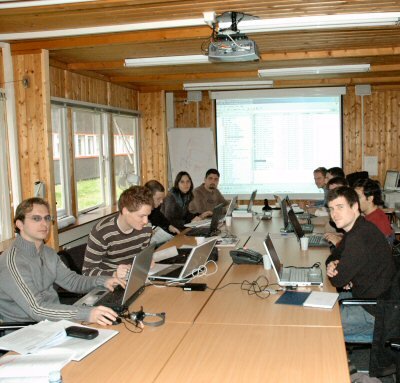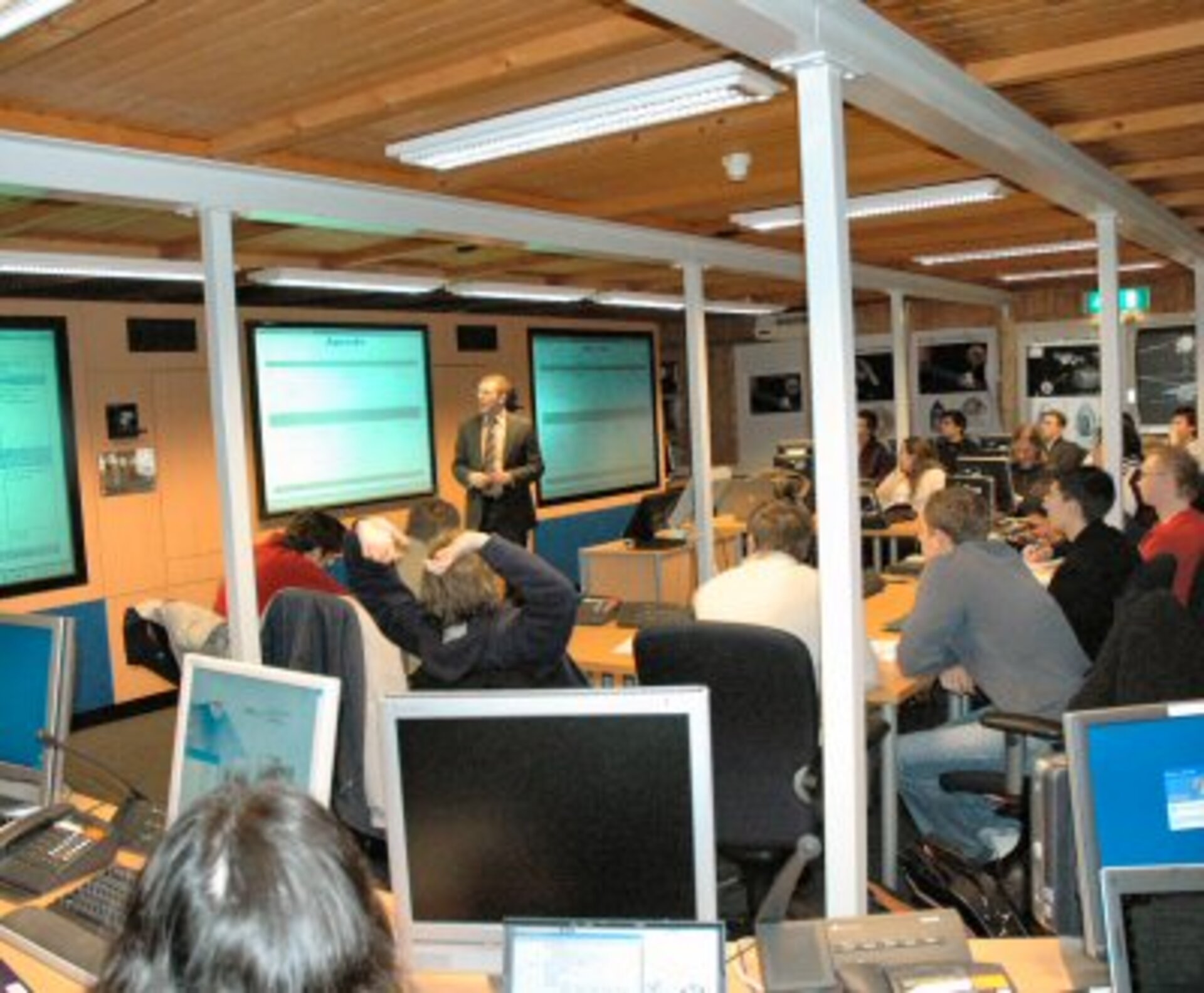Preparing the Scientists and Engineers of the Future
The European Student Moon Orbiter project (ESMO), moved a step further as 39 space engineering and science students from 29 Universities around Europe took part in a week long concurrent design workshop in the CDF from 15-19 January 2007.
The workshop is a direct follow-on from the recent ESMO pre-Phase A mission definition study and review of student proposals, carried out by a team of ESA specialists within the CDF during September 2006. The participating Universities have teams of students working on subsystems, payload and ground segment systems which they presented to ESA for inclusion on the Moon Orbiter. The students were invited to come and gain practical hands-on experience of spacecraft design and concurrent engineering using their proposals and designs as a basis. They were able to utilise the expertise and facilities available within the CDF to achieve a first coherent system design.
Significant progress was made in defining two different spacecraft options, using either chemical or electrical propulsion for the lunar transfer. These will be traded-off against each other at system-level during the Phase A study being performed by the students. The main benefits for the students in using the CDF is that they learnt to work together in an interdisciplinary team environment, making the necessary trade-offs and compromises in order to achieve the overall mission objectives within tight mass and cost constraints. This gave them a better understanding of the reality of spacecraft system design as well as broadening their knowledge of all other parts of the system by subjecting them to the whole design iteration process.

The students also experienced various roles within the design process with some taking part in splinter meetings and alternate design options, while others took on the roles of subsystem specialists and the system engineers in coordinating the design. Training on the use of the CDF model was given to students on the first day of the workshop by CDF staff, and this allowed them to use the model effectively during the design sessions, enabling a rapid system design process. The baseline system design for ESMO will be selected by the ESA Education Department in April, and the students will then prepare technical specifications on the baseline for the Phase A Preliminary Requirements Review. The PRR is to be performed in July by an ESA review board. When authority to proceed is given, a Call For Proposals will be released to the students for Phases B, C and D, inviting them to propose engineering and flight elements.




